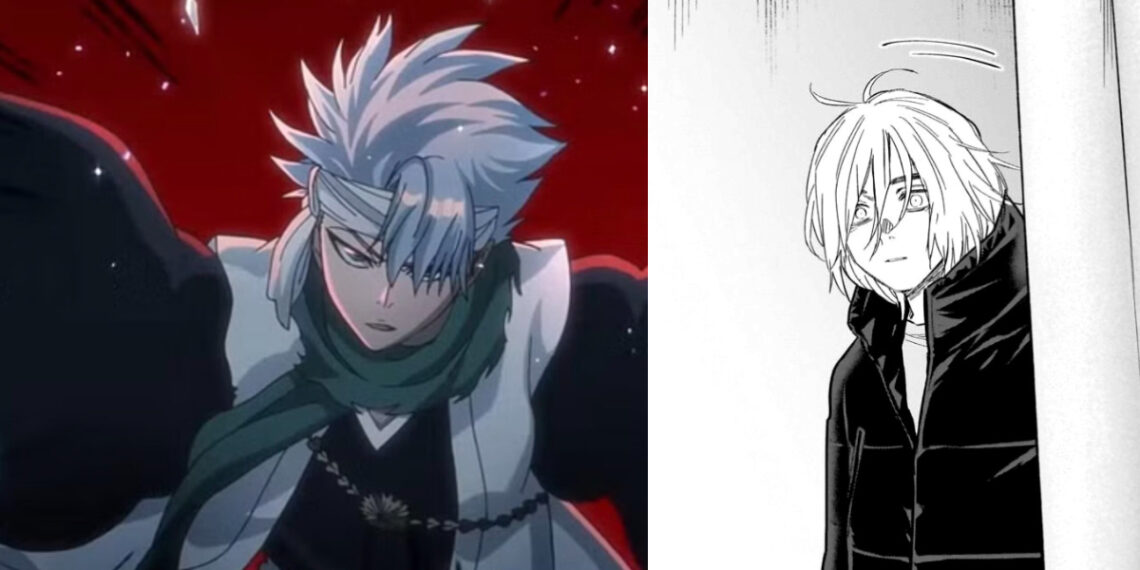When prominent Japanese companies Imagica Infos and Dai Nippon Printing announced their collaboration on a budget “light anime” format last week, employing only 10% of resources used for traditional anime production, it immediately prompted a backlash among industry veterans.
Renowned animator Mizue Ogawa, whose stellar credits include Attack on Titan and Bleach, took to social media to question if this stripped-down style reliant on limited motion and VO could legitimately be called animation.
Her post asked bluntly whether fans would be better served experiencing the original manga or novels rather than a crude, lifeless adaptation.
Clearly worried about the precedent being set and future repercussions for her profession, Ogawa pointedly queried what exactly defines “light anime” and how the greater animation field might transform if such cut-rate work proliferates at the expense of quality.
本ワークショップではアニメパートもあったのですが、すずめちゃんの声はななななんと……新田恵海さんが担当してくださいました✨✨😭
すごい……感動すぎる……#ディノサン #DNP #えみつん
#きょうりゅうのしいくいんになってみよう pic.twitter.com/TSUHkLFW12— ディノサン🦖最新5巻発売中【公式】 (@DinosanOfficial) August 26, 2023
Between the lines burns the deeper issue of whether emerging fractional animation models primarily exist to cut costs rather than enhance audience experience or respect the creator’s vision.
Ogawa’s willingness to directly challenge two animation giants over ethical concerns makes a thought-provoking case that not all progress represents positive evolution, especially when artisans feel excluded from decisions transforming their industry.
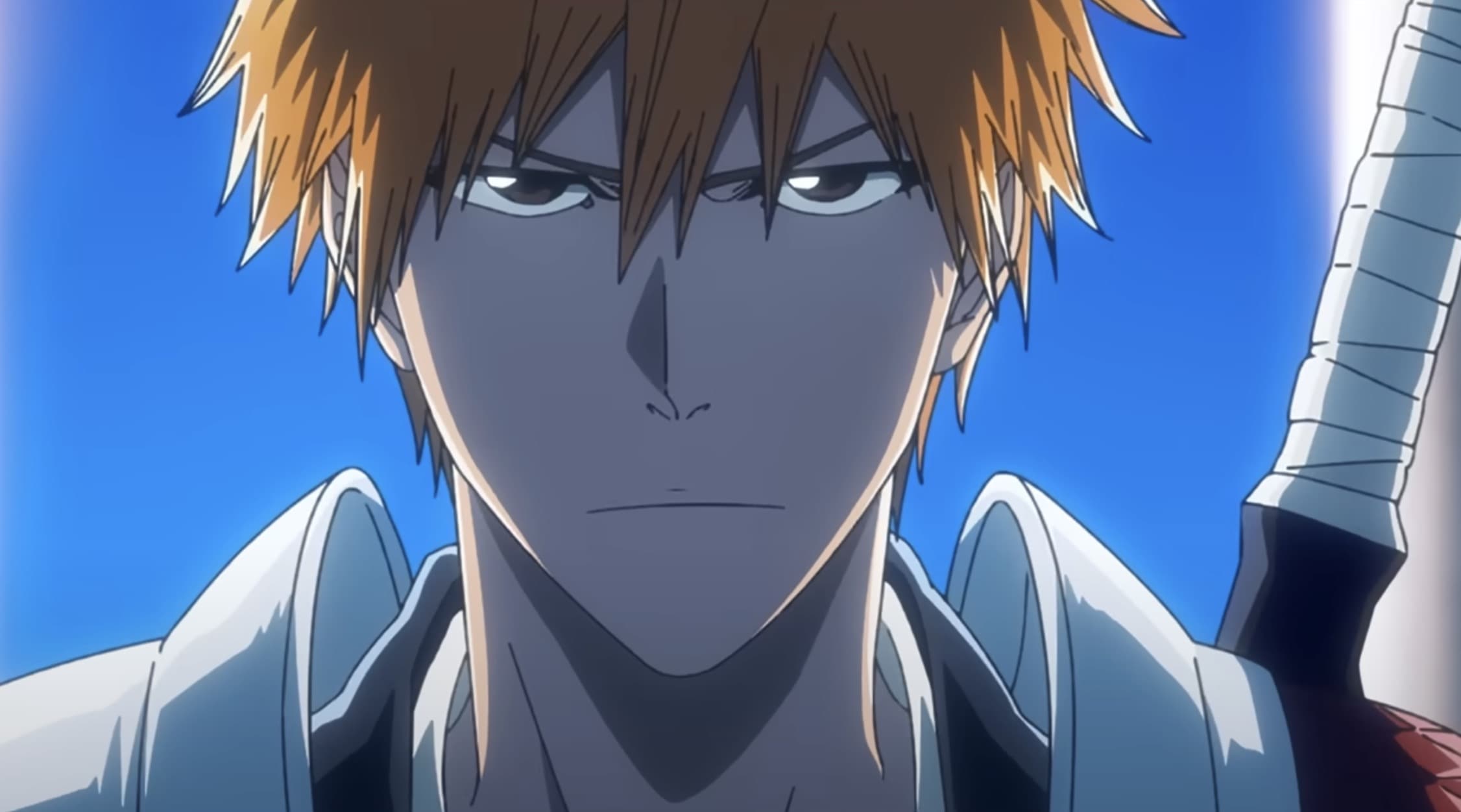
Her call for informed, nuanced discussion highlights worries that financial incentives threaten to reshape, and potentially undermine, the vibrant art form she has devoted her career to perfecting.
Mizue Ogawa’s Critique on Compromised Adaptations and the Battle for Artistic Integrity
Veteran animator Mizue Ogawa’s scathing critique of “light anime” models also focused on how such compromised adaptations could disrespect source creators.
ここまで粗雑に無理くり動かすならアニメ作るのやめて普通に漫画や小説読めばいんじゃね?(素朴な疑問)🤔
「ライトアニメ」ってなに? 制作期間と費用を抑える仕組みが本格始動「アニメの現場」はどう変わるのか(リアルサウンド)#Yahooニュースhttps://t.co/LYsQKPwy29
— 小川みずえ (@mizue58anime) December 26, 2023
She theorized manga artists or light novel authors might reasonably expect full-fledged anime treatments bringing dynamic life to their visions when deals are struck.
Instead, ethics are called into question if publishers and studios join to produce barebones “good enough” versions primarily aiming to capitalize on audience familiarity while spending little on craft or artistry.

Do production committees truly have integrity if they leverage a creator’s meticulous efforts into a vehicle for cost-cutting?
Ogawa now joins the swelling ranks of industry legends questioning anime’s future in the face of consolidating monopolies and shrinking budgets.
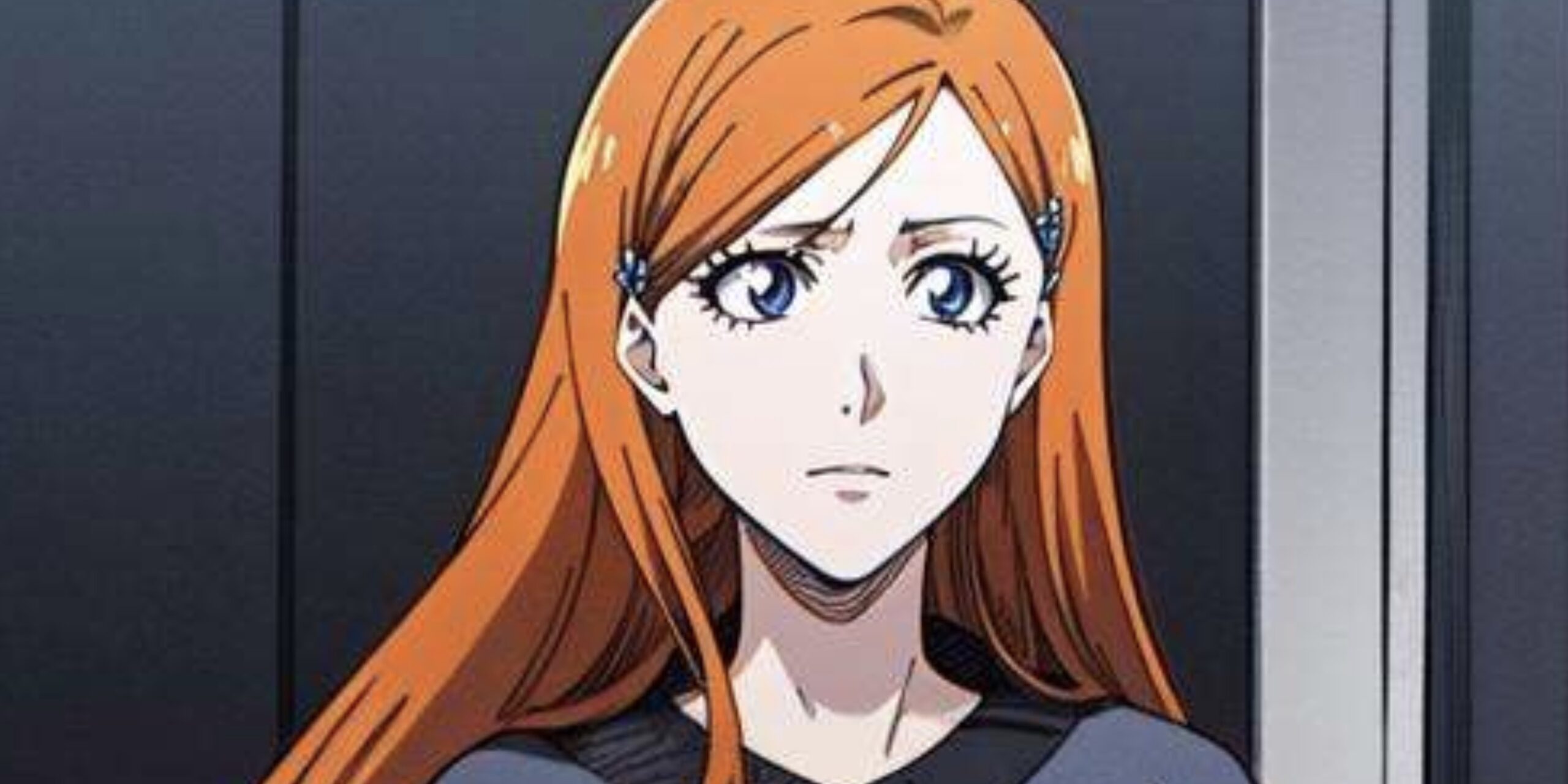
Visionaries like Masao Maruyama, Yoshiyuki Tomino, and Nishii Terumi have all highlighted thinning talent pipelines from a lack of apprentice training. Maruyama even forecasts Chinese animation overtaking Japan based on short-sighted negligence.
Between traditional dilution and outsourcing pressures, difficult dialogues are taking place about whether anime essentially risks becoming a victim of its own success.
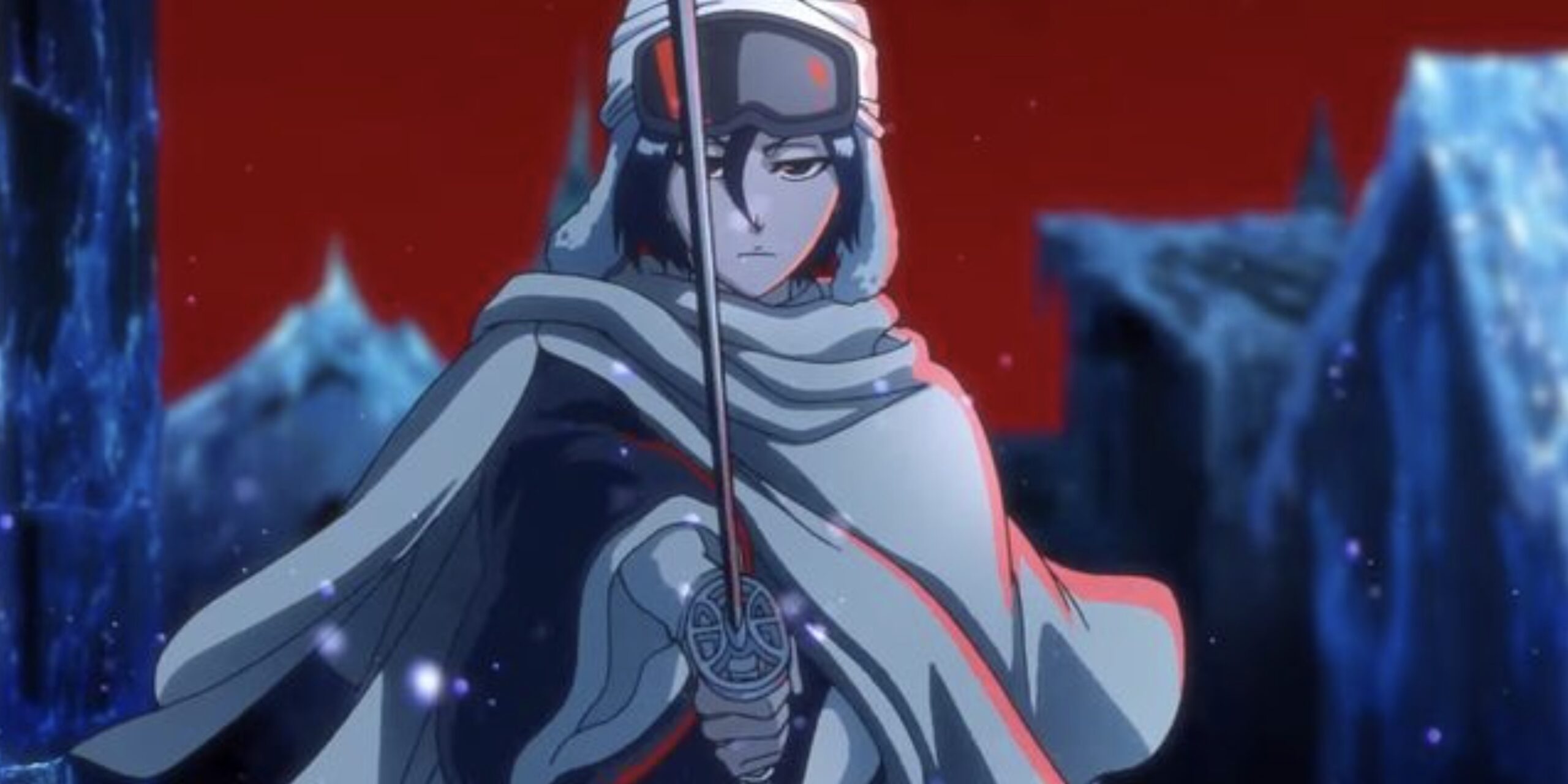
While global fandom expands exponentially, will artistic priorities take a back seat to commercial considerations? Passionate veterans hope speaking out spurs course correction to protect anime’s soul.
The Dark Side of ‘Light Anime’ and the Threat to Artistic Integrity
The newly announced “light anime” framework prioritizes radical workforce and cost reductions above all else, prompting accusations of favoring shareholder profits over quality or sustainability.
While revered experts like Maruyama urge nurturing fledgling talent to protect tradition, light anime instead gambles by slashing both labor and production schedules.
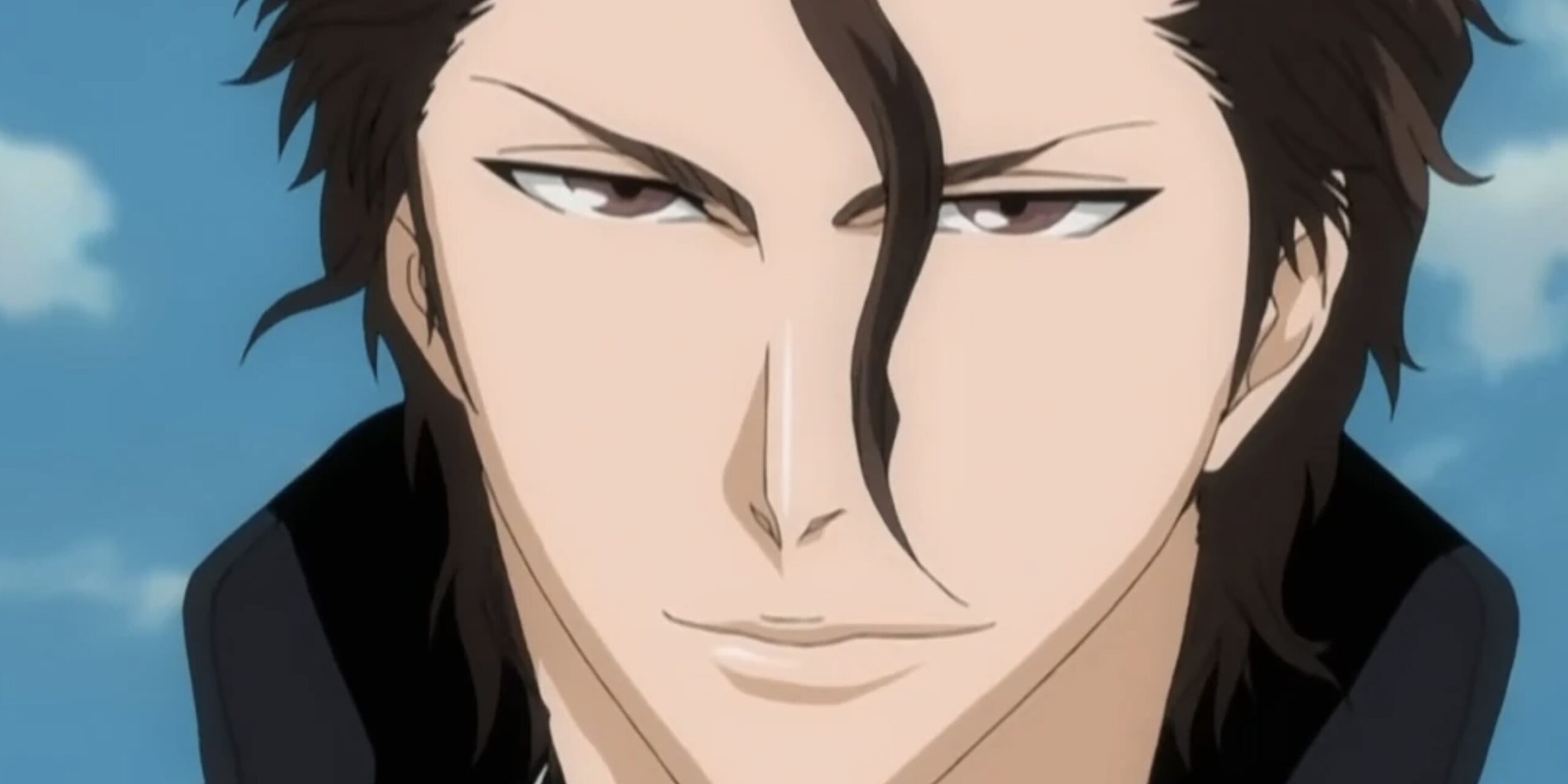
Many online fans recoiled at this notion of animation stripped to skeletal form, dreading imaginative loss and artistic decline.
After all, anime’s very appeal springs from skilled artisans breathing soulful movement into static drawings. What emotional investment can emerge from corporate committees focused purely on their bottom line?
Concerns stirred that entire studios could shutter if experienced animators continue being sidelined for digital shortcuts.
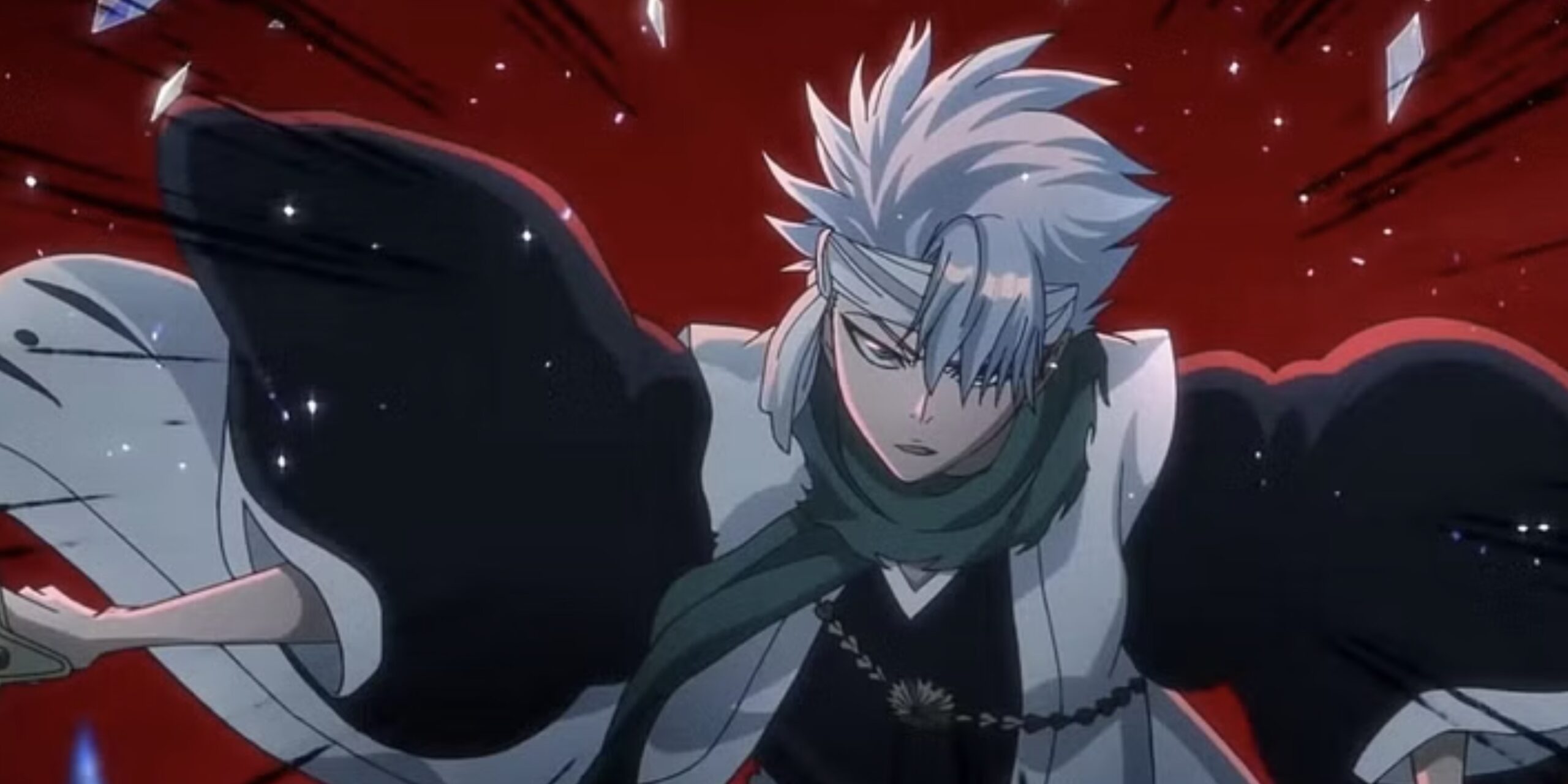
And if dazzling imagination and technical excellence no longer drive studios, what motivation remains for consumers to engage with empty spectacle?
In that sense, Mizue Ogawa and others warn of a self-defeating cycle spiraling downward. The more costs get cut by conglomerates chasing quarterly margins, the more talent and innovation get drained from studios struggling to stay afloat.
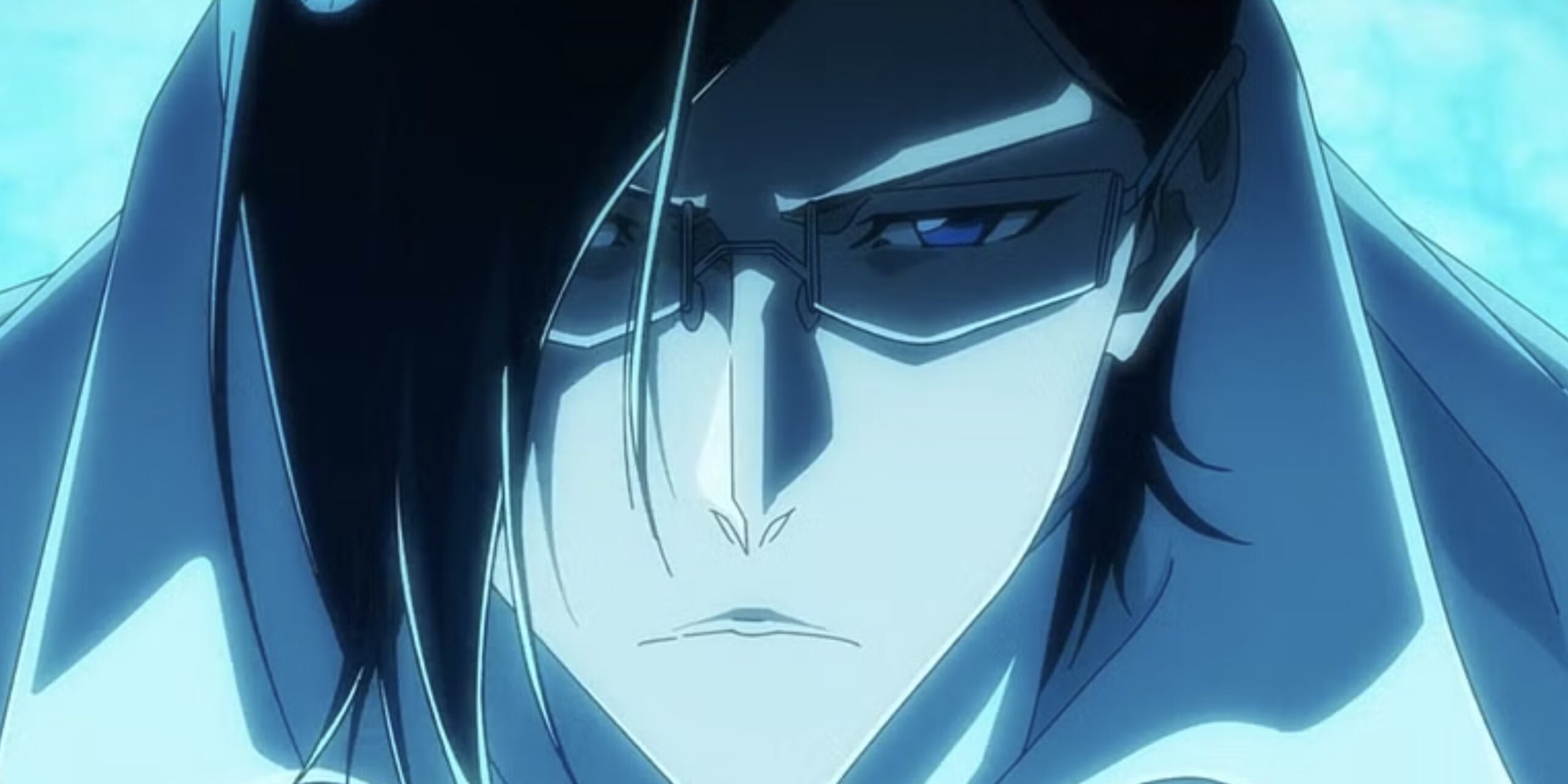
With both inspiration and quality suffering, anime itself risks slowly wasting away– like a ghoulish zombie rather than the lively art form global fans revere.
There still may be an opportunity for wiser heads to prevail if empresas commit to valuing vision over greed. But that window is closing fast.
Mizue Ogawa’s Staunch Stand Against ‘Light Anime’
Blunt animator Mizue Ogawa further drives home that creative integrity and ethical values should supersede myopic corporate greed.
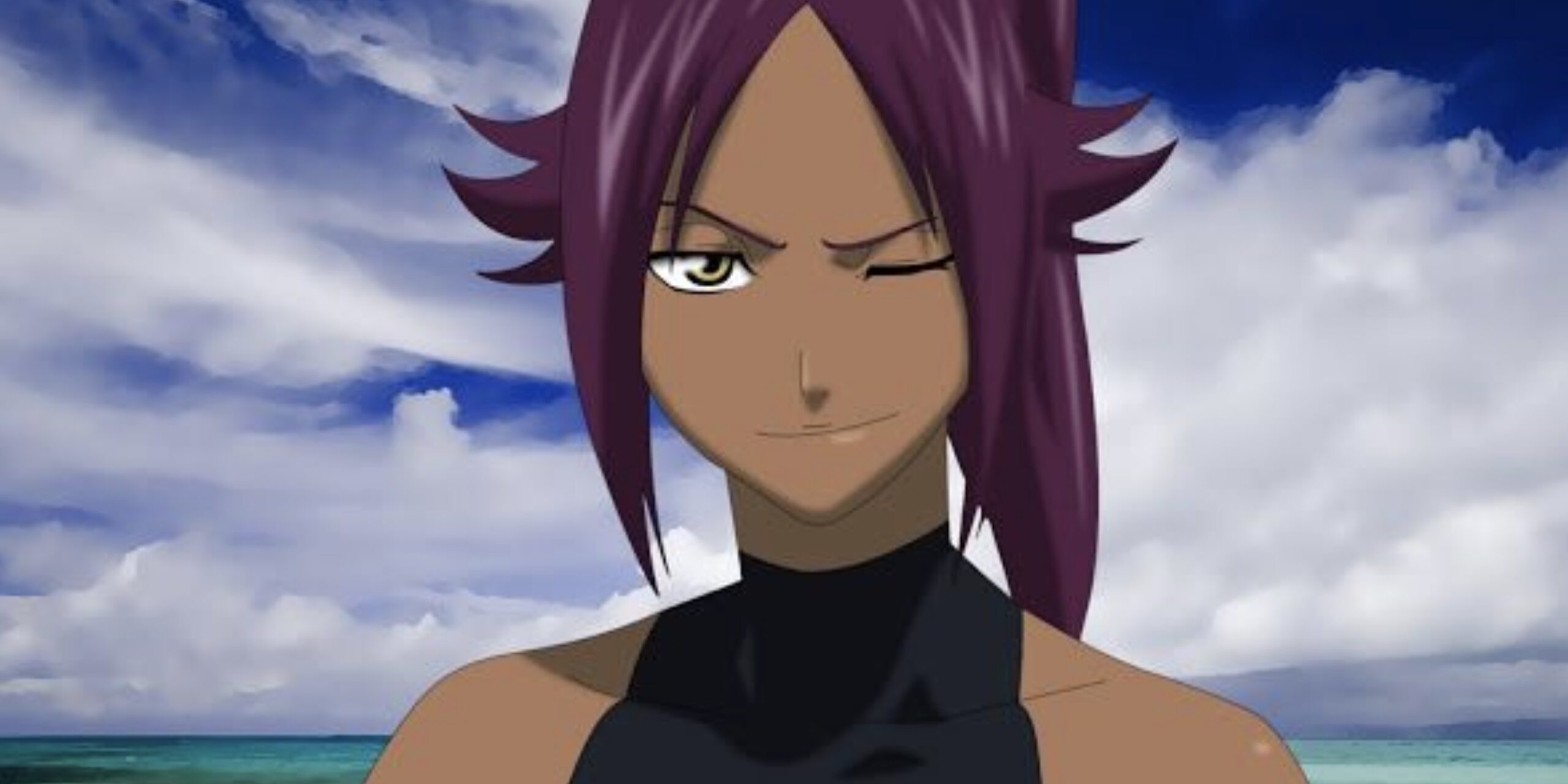
While conglomerates may concoct endless schemes to wring out profits, market forces will eventually judge quality.
If companies undermine their own creators’ visions through corner-cutting, public backlash and financial losses become inevitable.

Ogawa’s scorching critiques target the very framework underpinning so-called “light anime” itself. This controversial format involves stripping manga artwork to basic line drawings, adding minimal motion and dialogue, and then spackling over cracks with audio effects.
The resulting product resembles an old-time radio play more than fully immersive animation.
Workshop footage from early 2023 offers crystal clarity on the process. Static panels flip disjointedly, expressionless faces flap randomly, and abstract shapes float across barren backgrounds.
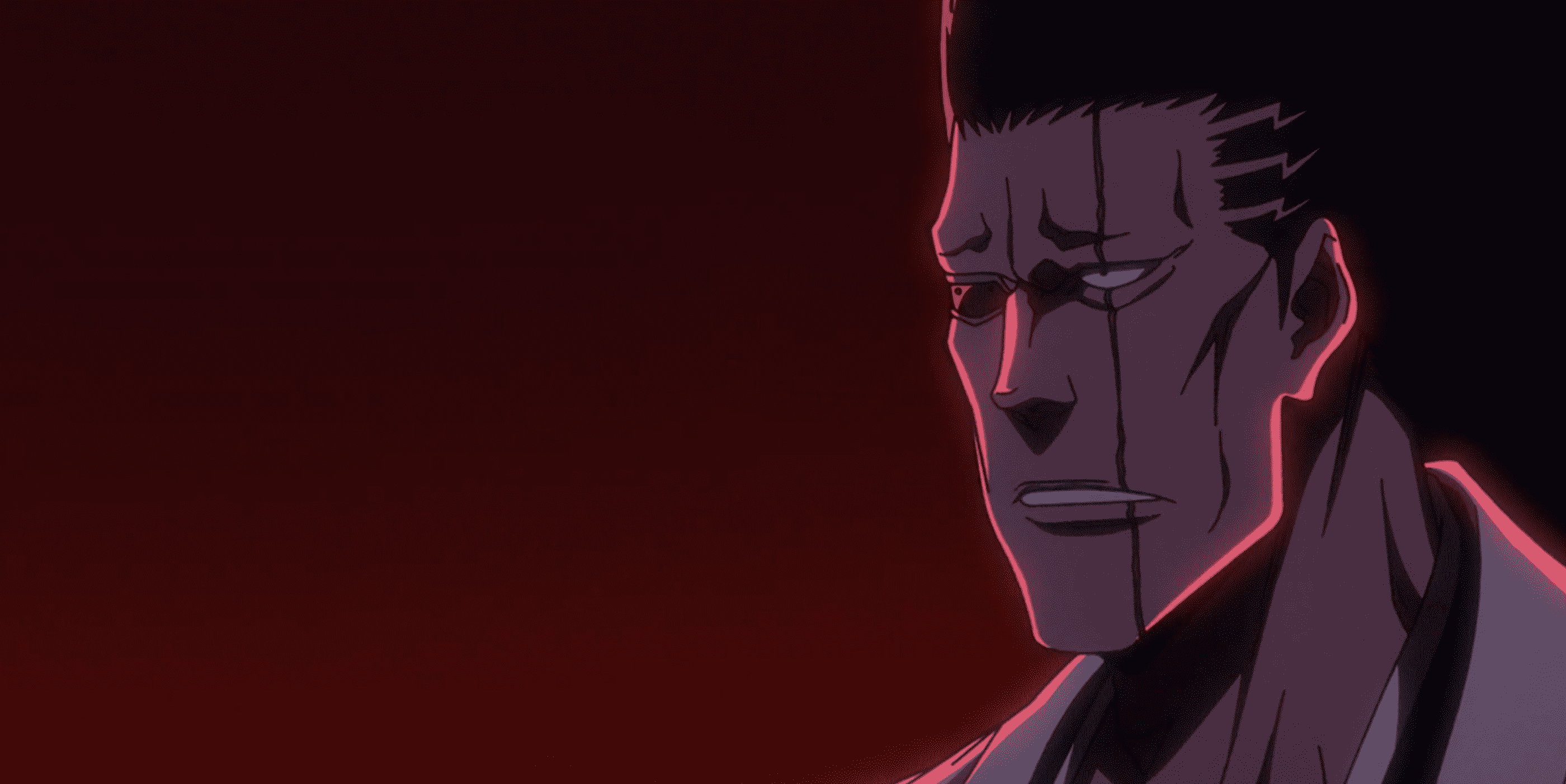
Any pretense of emotional resonance or narrative flow stays confined strictly to the voice acting. This cost-slashing automatization lays bare economic priorities superseding creative participation at nearly every level.
Perhaps above all, these demonstrations clarify why legendary talents like Ogawa stand so steadfastly defending their embattled industry.
Without unity and visionary leadership, they regret anime risks devolving from a blazing art form to mercenary assembly line piecework. And when cherished traditions fade, what possibly remains to fill that cultural void?


